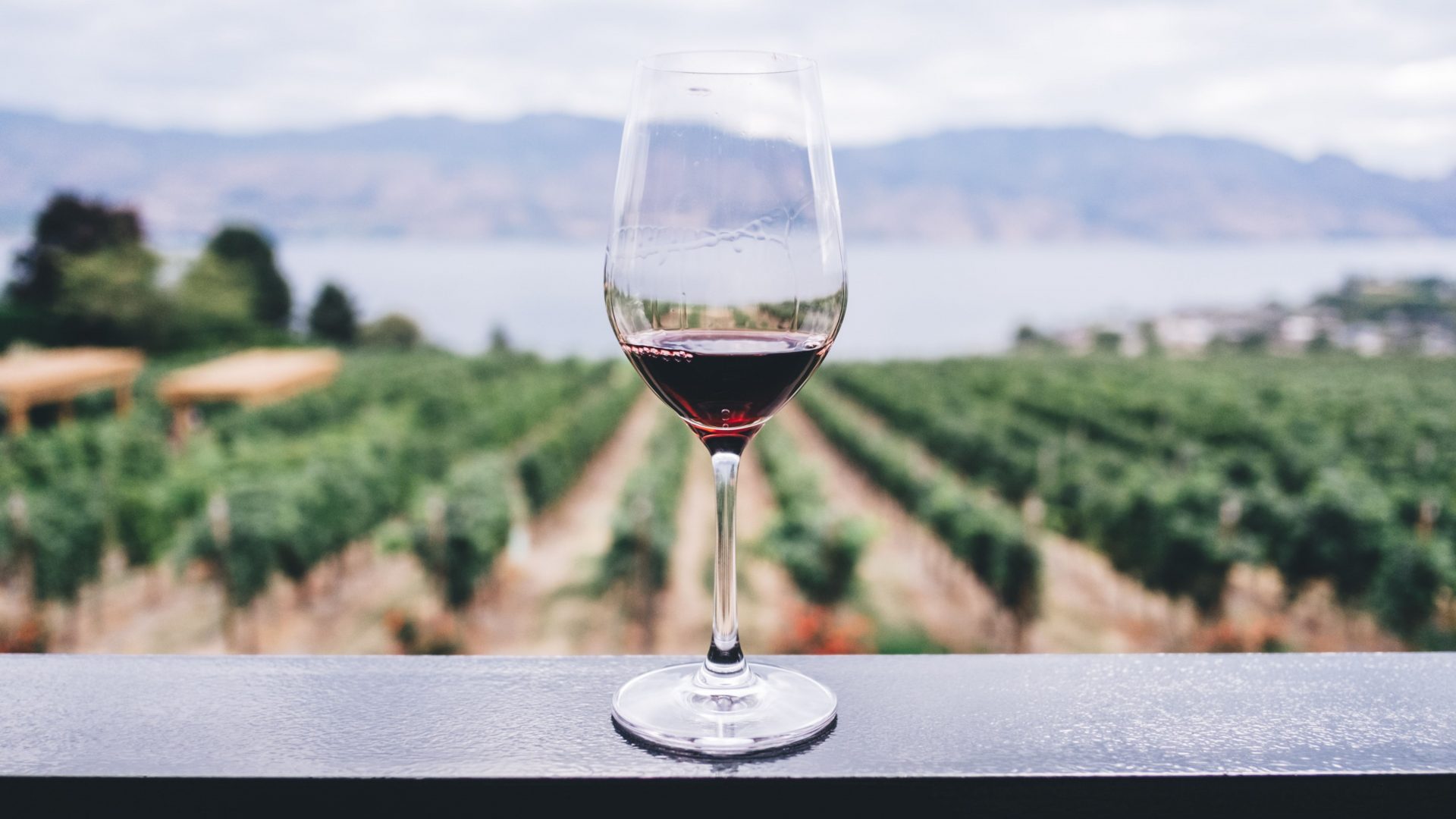
According to Wine Intelligence, from 2018 to 2021, the U.S. population of wine drinkers declined by nearly 15%. Although the report shows U.S. wine sales still hold an 11% volume share – equal to that of spirits – there’s no denying the industry is facing a number of challenges in keeping pace with the evolving consumer landscape. The emergence of ready-to-drink (RTD) alcohol alternatives can’t be overlooked as craft beer, hard seltzer, hard kombucha, and canned cocktails – even non-alcoholic wine – are stealing market share.
A wide range of packaged cannabis products too are joining the competition, with recreational marijuana legal in 18 states, and federal cannabis reform underway through the MORE Act. Meanwhile, emerging lifestyle trends around health and wellness should have brands thinking as consumer preferences shift towards purchasing factors, such as clean ingredients, moderation, and sober living.
But who are these consumers and how can wine brands win them over? We set out to help the wine industry answer these questions and uncovered some buzzworthy insights on the “terroir” of wine marketing.
Everything is all good…in moderation
Moderation and sober living have never been hotter topics in the consumer ethos. From the emergence of low and no-alcohol libations to growing movements around Dry January and Sober October to the hundreds of thousands of people following social media handles like @sobergirlsociety and @sobernation, the trend shows no signs of slowing. Our own survey of 1,000 Americans backs this up: 50% of all consumers surveyed are willing to consider non-alcoholic wine, while 21% of people between ages 21-24 regularly buy non-alcoholic wines. Going deeper into the numbers, 1/3 of Gen X do not drink alcohol and 1/4 of Gen Z do not either. It’s safe to say wine brands must empower consumers with alcohol-free options to stay relevant.
The moderation trend is also taking shape with the rise of cannabis-infused drinks and edibles. A Harris Poll from December 2020 reported that almost 50% of US cannabis consumers aged 21+ have replaced alcohol with marijuana since the pandemic. As these alcohol-alternatives continue gaining mass appeal among consumers looking to destress, brands will have to keep a close watch on retaining young consumers – especially as our study measured that THC was selected as an alternative to wine by 31% of the Millennial and Gen Z group surveyed – chosen above hard liquor (30%) and chocolate (24%).
It’s all on the label
The health and wellness movement is driving the moderation trend as name-brand wineries too are expanding their product lines with health-conscious options. Babe, Fitvine, Kendall Jackson Avant, Bota Box Breeze, Cupcake Light Hearted, and Kim Crawford Illuminate are just a handful that come to mind. But wine drinkers aren’t just favoring less carbs and calories; more and more are seeking clean ingredients through conscious capitalism, especially younger LDA consumers, as our survey found that 15% of Millennials rank clean, sustainably-sourced ingredients as the most important wine-purchasing factor, second only to taste. A 2022 Wine Intelligence report further supports this trend: 16% of those surveyed bought natural wine – the only alternative wine category that has experienced an increase in purchase incidence since 2020, with Millennials and Gen X primarily driving those sales. All in all, new product development should be top of mind, especially to introduce the younger LDA audience to your brand, who can grow and evolve with you as they get older.
Let your marketing age like fine wine
While any one of the aforementioned consumer trends ought to help steer your marketing strategies in the right direction across consumers of all ages, they reveal a huge opportunity for wine brands to better engage the younger LDA consumers, especially as Millennials have already surpassed Baby Boomers as the nation’s largest living adult generation, according to the U.S. Census Bureau.
As you map out your customer journey for the next generation of wine lovers, keep in mind that your strategies may rely less on traditional approaches around objective wine knowledge, which has shown a steady decrease among regular wine drinkers in the US, according to Wine Intelligence. Instead, today’s consumers, especially the younger ones, are more keen to know the story of your brand and how it connects with their own values and lifestyles – straight down to your logo. Experiment with how you expand and evolve your brand. The challenge will be doing so without alienating Boomers, wine’s most loyal, educated, and profitable consumer segment.
Ecommerce and social listening will no doubt be critical touchpoints to engage these consumers with the story of your brand. Alcohol ecommerce surged in 2020 and the trend should continue to hold ground as the digitally native generations take over the consumer populace. Considering the ecommerce and social commerce trends, brands must leverage these platforms to build a more direct and ongoing relationship with their customers beyond the transaction, be it through live shopping, digital experiences, loyalty programs, curated content, and subscriptions. Interestingly, our research found that 60% of all wine drinkers would consider a wine subscription, with Millennials (66%) representing the group most open to the idea. As you build out these brand experiences, consider tiering your subscription model to engage a wider audience and encourage consumer trials. As always, the power of good storytelling is the key to putting all of this data into action, no matter what generation you are speaking to.


